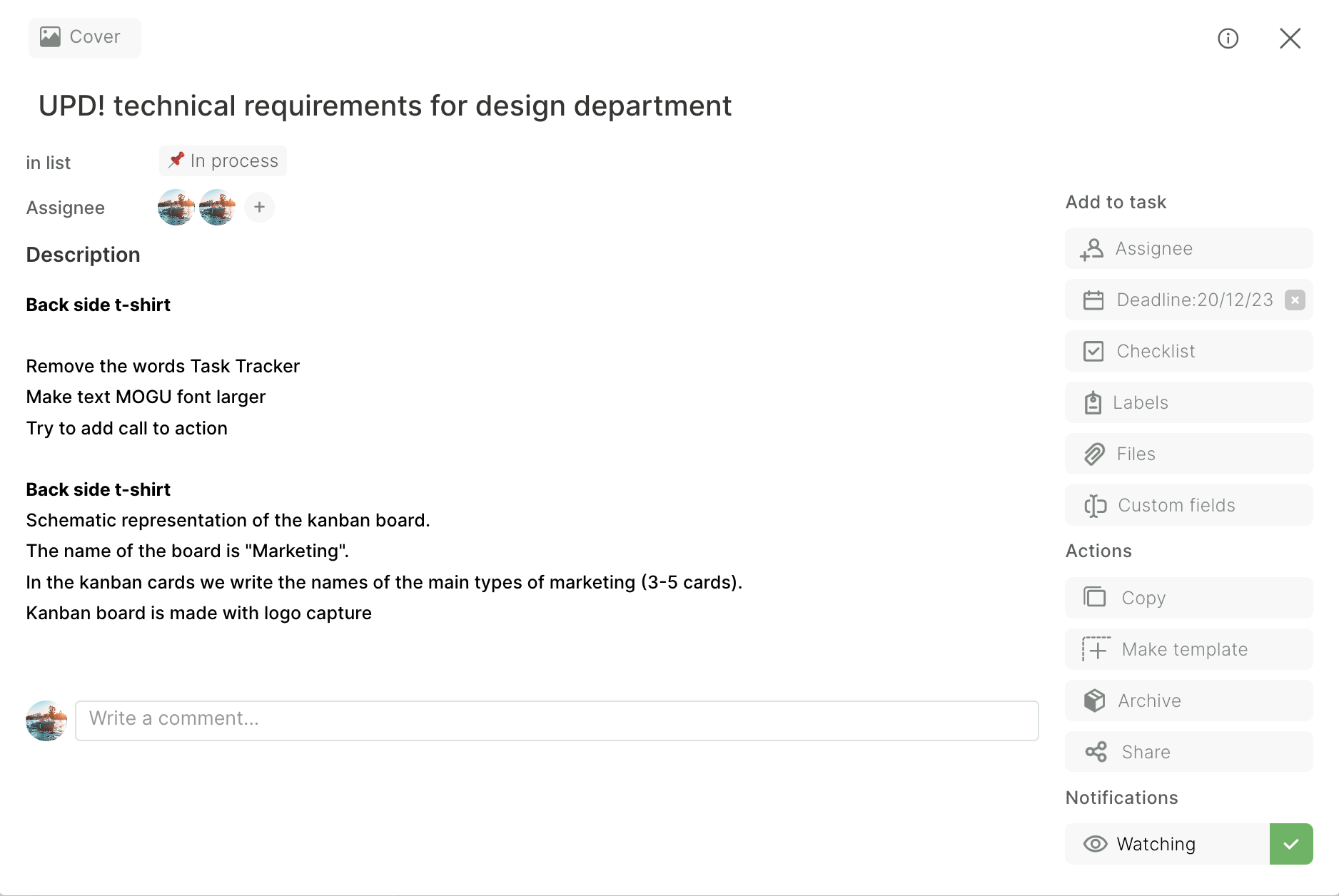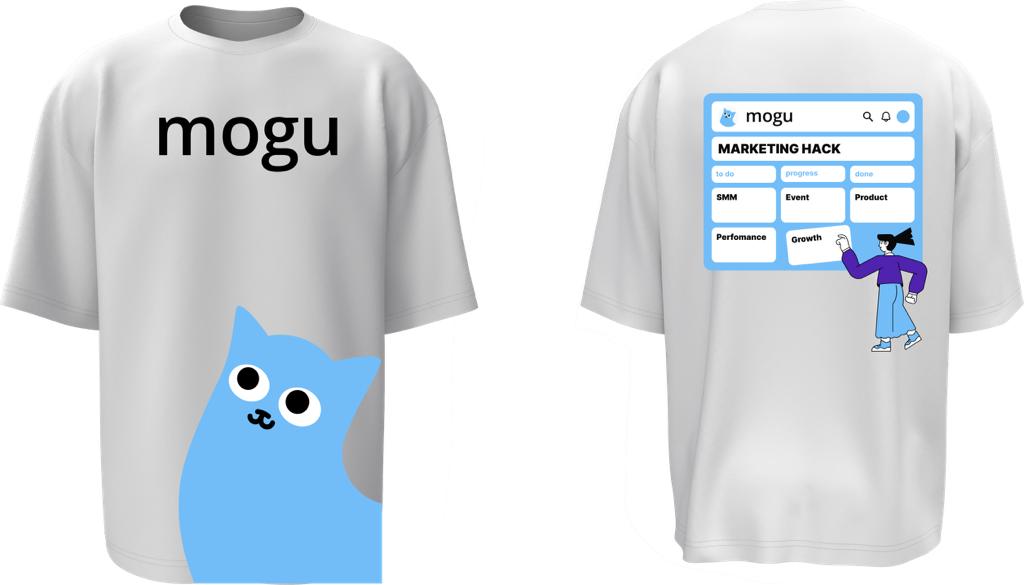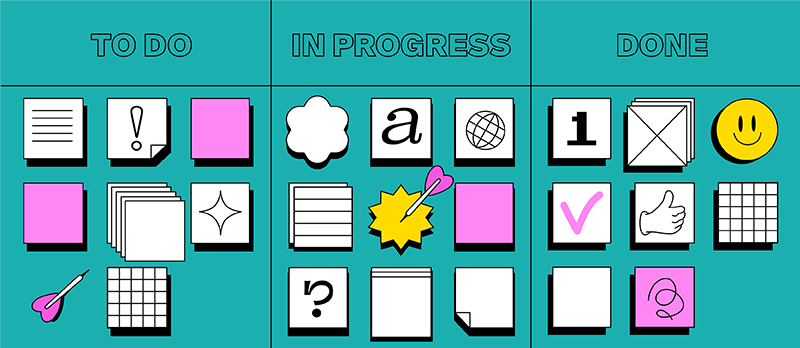How do use brainstorming to solve a creative problem?

Brainstorming is a method of collective creativity aimed at generating ideas and solutions in an informal setting. It is conducted to maximise the potential of participants, stimulate the free exchange of ideas and search for non-standard approaches to problem solving. It allows to develop creativity of thinking and problem solving.
Brainstorming is held for:
- Generating creative ideas.
- Solving complex problems.
- Creating a favourable atmosphere for free exchange of opinions.
- Improving communication in the team.
- Increase work efficiency.
When deadlines are burning and demands for creativity are high, teamwork and brainstorming can be real lifesavers. Let’s tell you about our experience of preparing promotional T-shirts for a conference and how brainstorming helped us overcome the creative crisis and solve the task in the shortest possible time.
An expert view on brainstorming: how to make it effective
So, how do you create a successful brainstorm from an expert perspective?
Team building:
- Include colleagues with different points of view in the team.
- Provide an atmosphere where everyone can express their ideas freely.
Problem Statement:
- Formulate the task clearly and concisely.
- Identify key objectives and requirements.
Goal Statement:
- Define what you want to achieve as a result of the brainstorm.
- Make sure the objective is in line with the overall strategic goals of the project.
Lifehacks for more effective brainstorming:
- Use brainstorming and association techniques.
- Do not evaluate ideas at the beginning of the process, stimulate creative thinking.
How did we solve our problem with brainstorming?
Problem Analysis:
The difficulties started when we realised that the design of the promotional t-shirts left much to be desired. The deadline was fast approaching, and the designers’ work was not impressive. We needed not just t-shirts, but something memorable that would make our team stand out at the conference. That’s why we decided to approach the issue comprehensively with the help of brainstorming.
Team formation:
An important step in solving a problem is choosing the right team. We assembled a team including a sales manager, designers, a marketer and sales managers. Each team member contributed, and the diversity of viewpoints was key to a successful solution. In a short time, a large number of interesting ideas were born. Some of them were immediately rejected, while the rest became crucial for the final solution.
Preparing for the brainstorm:
Since our team is distributed we decided to hold a brainstorm in Jazz. Before we started, we defined clear objectives of the merch, what main message it would bring to the event. We also outlined the general requirements and the structure of the terms of reference for the designers. It looked like this:
- T-shirts should look representative
- Proportions must be respected (text/paint/linen)
- Colours should match
- The overall design should support our shared values: creativity, friendliness, simplicity and efficiency.
Brainstorm:
The brainstorming process itself proved to be rich in ideas. The team actively discussed and proposed options. The Miro platform was chosen to capture the ideas. After an hour of discussion we had a map like this:

Summarising the results and forming technical requirements:
After the brainstorm, we analysed the collected ideas, highlighted the most promising ones and made adjustments to the terms of reference for designers.
Technical requirements were added in our MOGU task tracker in the form of a task card like this:

Summary and Results:
After adding edits to the specifications, the designers got to work. The results exceeded expectations – the promotional t-shirts were not just beautiful, but carried the unique style of our team. Most importantly, we learnt the lesson that challenges are just the path to creative success.

Conclusion
This project was a lesson for us in the importance of teamwork, brainstorming, and clearly articulating objectives. And finally, we would like to share some examples of global brands’ brainstorms.
- Apple and iPhone development: the team brainstormed ideas for a new device, which led to the creation of the revolutionary iPhone.
- Google and Gmail: brainstorming at Google led to the creation of storage-heavy email, one of the key moments in the development of internet communications.
- Pixar and animated masterpieces: creative sessions at Pixar contributed to the creation of masterpieces such as Finding Nemo and Up.


